ESPON Workshop
“Scenarios and modelling
in the framework of exploring
Territorial Cohesion”
Brussels, 4September 2014
Timing: 09h30 – 16h00
Background
The future of Europe is continuously developing and new narratives are being built and explored. Narratives as launched by the debate on the future of Europe, but also narratives in the form of exploratory scenarios illustrating and simulating possible futures by starting with the present and moving forward to the future by asking ‘what if’ questions about implications of possible events outside familiar trends.
Scenarios are not predictions about the future but are used as an exploratory method or tool for decision-making, to highlight the discontinuities from the present and to reveal the choices available and their potential consequences. The territorial exploratory scenarios developed within the ET2050 project are meant to support a high-level policy debate on the long term development of the European territory and to contribute to the design of an ideal long-term vision for the European territory. The pathways proposed towards the future also include considerations for strategic European policy reforms, particularly Cohesion policies.
Models have been used to try to get answers to the ‘what if’ questions. But models are simplified representations of reality: all the elements and complex interactions that act and happen in the real world can hardly be considered and appropriately replicated through quantitative modelling. Each model has its own nature and the models’ results are conditioned by specific scenario assumptions.
Aim and structure
The aim of this workshop was to provide for dialogue and exchange of experiences between modellers involved in scenarios linked to cohesion policy and to discuss the reasons behind the similarities and differences between the results of the different regional models that exist at EU level for assessing the impact of Cohesion Policy, to identify the advantages and strengths of each of the models and to look into the next generation of models.
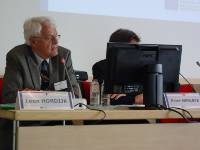 |
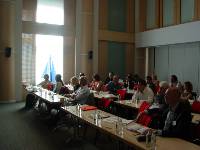 |
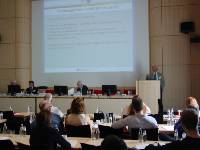 |
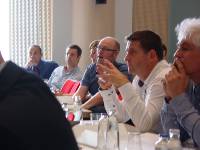 |
This workshop addressed the following models that can be used for assessing the impact of Cohesion Policy:
- QUEST – a global macro-economic model DG ECFIN
- RHOMOLO – a dynamic spatial general equilibrium model DG JRC and DG Regio
- MASST 3 – an econometric and macroeconomic partial equilibrium model Politecnico di Milano
- SASI – a recursive simulation model Spiekermann & Wegener Urban and Regional Research
The first part of the workshop was devoted to learning more about the models addressed. The presentations focused on the nature of the models, the assumptions used for modelling the forecasts, the forecasts themselves and finally the reasons explaining the forecasts. Each presentation was followed by a short Q&A session.
The morning session closed with a discussion on the similarities and differences between the results of the models and, most important, the reasons for this. Are the differences related to the nature of the models, the model structures, or the assumptions? What can we learn from the different models?
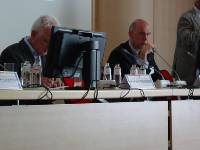 |
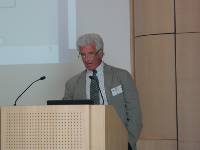 |
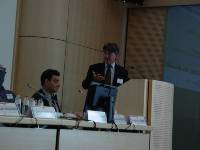 |
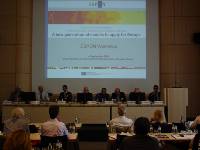 |
The second half of the workshop was devoted to reflect on what kind of new questions are emerging for Europe. What will be important for the next generation of models? And what kind of new techniques can be used to address these new questions and needs? What could be done together to further improve the modelling?
Target Groups
The main target group for this workshop were researchers, experts and representatives from European Institutions and organisations that are active in the field of EU Cohesion Policy and territorial development and involved/interested in scenario building and modelling. However, all policy makers and practitioners at European, national, regional and urban level that are interested in this topic and the reasons behind the modelling results were also more than welcome.
Further information
Please find below the programme of the workshop, the presentations made and the conclusions.
Photos: courtesy Paul-Jasper Dittrich, trainee at the ESPON Coordination Unit.
More photos are available in the next page.
Contact the ESPON Coordination Unit (info@espon.eu) should you need further information.
This Workshop is organised within the framework of the
ESPON 2014 Capitalisation Strategy / Actions related to European Seminars and Workshops
Scenarios and modelling
“Scenarios and modelling
in the framework of exploring
Territorial Cohesion”
Brussels, 4September 2014
Timing: 09h30 – 16h00
 |
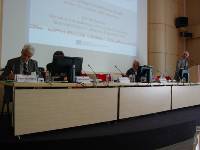 |
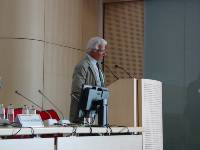 |
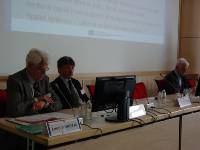 |
 |
 |
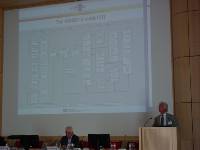 |
 |
 |
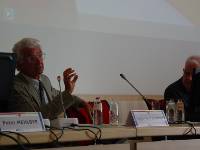 |
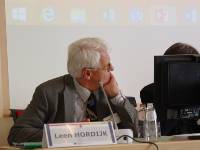 |
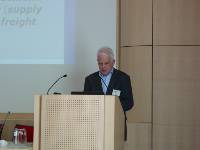 |
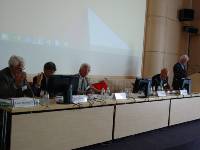 |
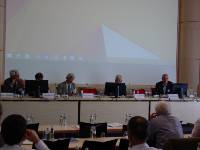 |
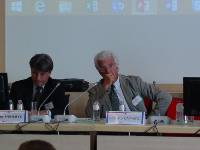 |
 |
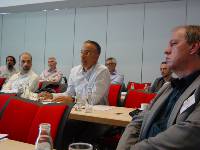 |
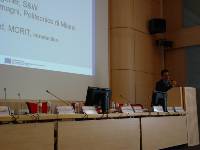 |
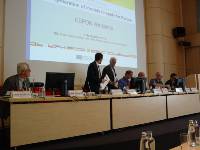 |
 |
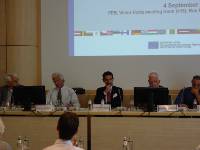 |
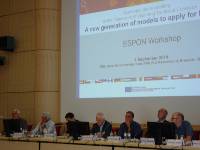 |
 |
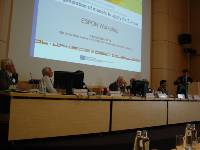 |









